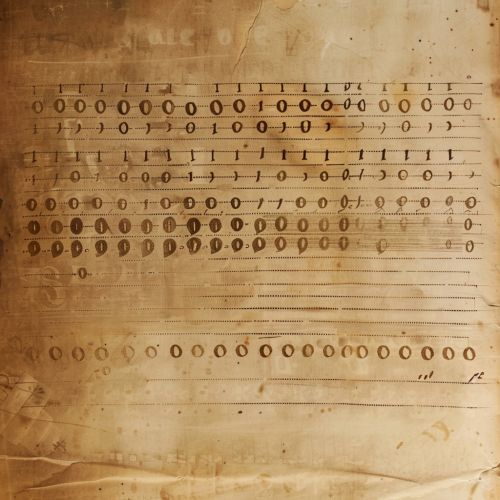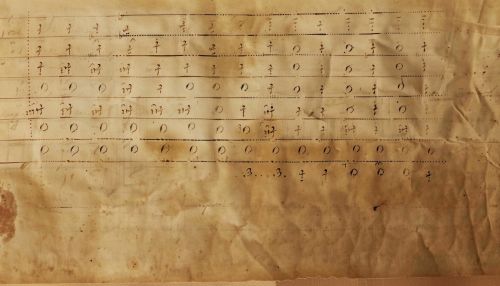Binary number
Introduction
A binary number is a number expressed in the base-2 numeral system, a method of mathematical expression which utilizes only two symbols: typically 0 (zero) and 1 (one). The base-2 system is a positional notation with a radix of 2. Each digit is referred to as a bit.
History
The concept of binary numbers dates back to ancient times, but the modern binary number system was fully documented by Gottfried Leibniz in the 17th century. Leibniz was inspired by the Chinese I Ching or "Book of Changes", an ancient divination text which represented the universe through a system of binary opposites.


Representation
Binary numbers can be represented in several ways. The most common representation is simply as a sequence of 0s and 1s. For example, the decimal number 42 would be represented in binary as 101010. Other representations include binary-coded decimal and binary floating point.
Binary arithmetic
Binary arithmetic is the process of performing mathematical operations, such as addition, subtraction, multiplication, and division, on binary numbers. This is a fundamental aspect of computer science, as binary arithmetic is used in the design and operation of computers.
Binary and computers
Binary numbers are integral to the operation of computers. Computers use binary numbers because they have two stable states which can be easily represented by a binary digit, or bit. This is the basis for digital logic, which is used in computer processors, memory, and data storage.
Binary code
Binary code is a system of representing text or computer processor instructions by the use of binary numbers. This code assigns a set of binary digits, or bits, to each character, instruction, etc. For example, a binary string of eight binary digits (bits) can represent any of 256 possible values and can therefore correspond to a variety of different symbols, letters or instructions.
Binary and digital electronics
In digital electronics, binary numbers are used to represent logical values (true/false, on/off), making them integral in the design and operation of circuits and systems. Binary logic is fundamental to the design of digital circuits, such as computer processors and memory.
Binary and telecommunications
In telecommunications, binary codes are used for various methods of encoding data, including character strings, into bit strings. These binary codes are used in a variety of applications, including data compression, error detection and correction, and data encryption.
Binary and mathematics
In mathematics, binary numbers are used in a variety of algorithms and mathematical proofs. The properties of binary numbers are studied in a number of mathematical disciplines, including algebra, combinatorics, and number theory.
